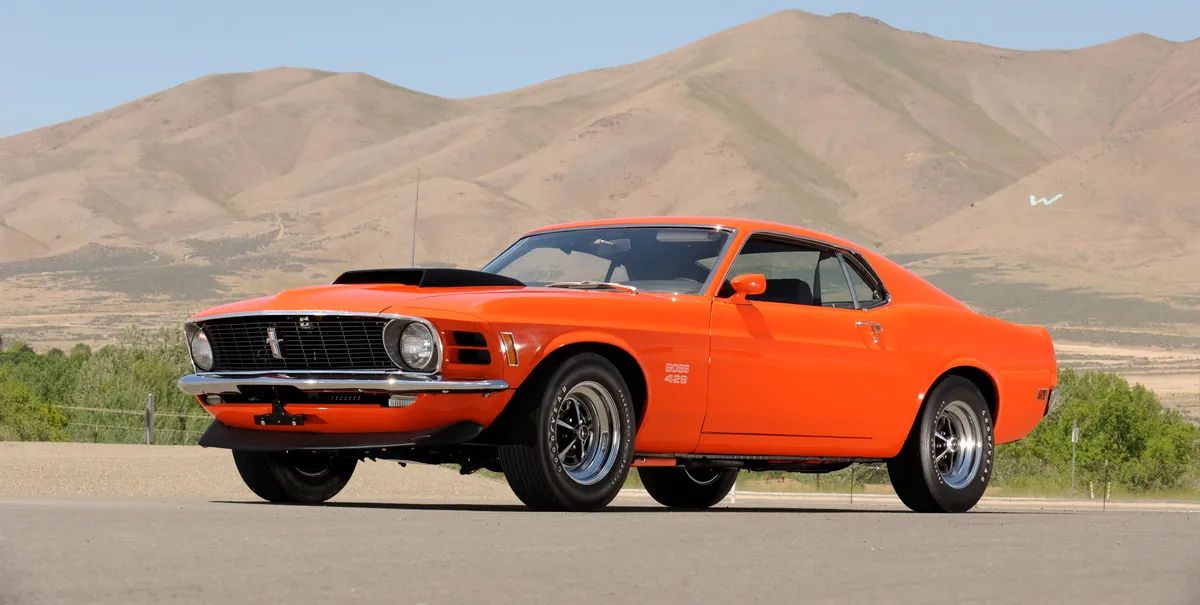
Muscle Cars
There are a variety of reasons why muscle cars are no longer manufactured, and most of these have nothing to do with the performance of the car. The popularity of muscle cars began to decline in the 1970s, in part due to the Clean Air Act and the OPEC oil embargo. After the 1970 oil crisis, gasoline was rationed and prices rose, and the insurance industry increased the price of high-powered muscle cars. This made these cars too expensive for many buyers to purchase, and they soon began to disappear from showroom floors.
In the early 1950s, a small company called Hudson introduced a groundbreaking race car called the Hudson Hornet. Hudson’s financial instability limited production of the Hudson Hornet, but the vehicle would later make a comeback as a character in the animated television series Cars. The muscle car era began in the mid-1950s in the U.S., and the idea of maximizing engine size, output, and weight to increase speed was born.
Despite the dangers posed by these cars, many modern-day muscle cars are built for safety. Steel safety frames and door beams are included in modern muscle cars, and the design of these vehicles was probably designed to survive street driving. However, these cars still remain a fun and exciting way to enjoy a car. They are a great source of entertainment, information, and communications. However, muscle cars are not for everyone. For the most part, they are intended for the driving pleasure of their owners.
While most people don’t care about the size of their cars, muscle cars are designed to be fast. In fact, muscle cars typically have engines with eight cylinders, although sports cars have smaller engines or forced induction. They’re built with agility and acceleration in mind, but they require more space for safety. However, there are many types of muscle cars, and deciding on which is right for you can be part of a classic car renaissance.
In the US, the muscle car was designed primarily to satisfy the racing needs of a young audience. While it’s true that muscle cars are fast, they can’t handle the complexities of twisty roads. Sports cars on the other hand can handle tight corners and manoeuvre through them at high speeds. While muscle cars originated in the US, European automakers and Japanese manufacturers have embraced the muscle car concept and have produced some of the greatest sports cars in the world.
Muscle cars are a great way to learn more about the history of the style and its many variations. A classic muscle car can be dismantled and rebuilt by the owner. There’s no complicated wiring, computers, or other modern conveniences, so you can focus on the integrity of the car. You’ll also need a coupe body to qualify. The coupe body is often smaller than that of modern cars. This will enable you to enjoy more of its history and the performance of the car.


